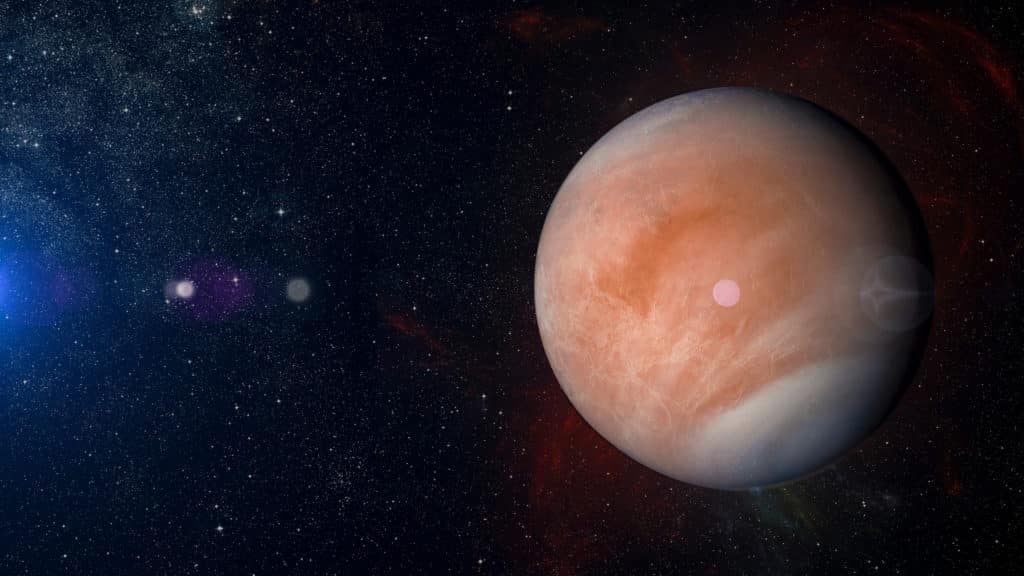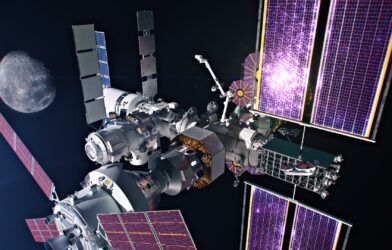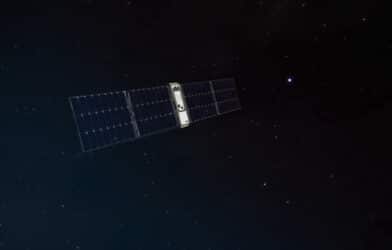The enchanting and mysterious Venus, the very image of love, beauty, fertility, and desire may finally shed some layers to expose the true Venusian beauty. Roman general and emperor Julius Caesar claimed to be a direct descendent of her. It is said she rose from the sea, born of seafoam — unlike the Little Mermaid who turned into it once her heart was broken.
The Aphrodite (Greek) counterpart would eventually and culturally overshadow Aphrodite in popularity through the centuries as many idols, paintings, statues, and renditions were made of Venus. The spread of Venus’ likeness and popularity was a direct result of the spanning of the Roman Empire. The Greeks were forced to retreat to be within their cultural walls, harried by the ever-growing Romans and the world around them.
Even Mars, the Roman god of war, fell to Venus’ nature and radiant being. Botticelli and many other famous artists have renditioned Venus in their ways, sometimes portrayed with her sweetheart, Mars. How ironically fitting that the handsome and strong god of war be in the cupid’s-crosshairs for Venus, the goddess of love and beauty.
But, for the first time, Venus may turn her eyes to DAVINCI and give “him” (the team and scientific probe) a come-hither glance at herself. DAVINCI (short for Deep Atmosphere Venus Investigation of Noble Gasses, Chemistry, and Imagery) is a new probe that will be cruising to Venus to get a better-than-ever glimpse at our siren of planets.
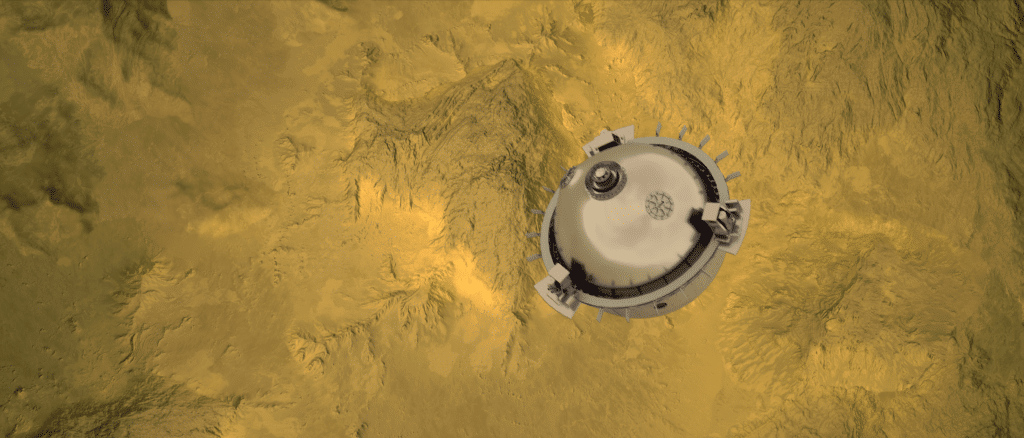
Contrary to the beautiful nature of the goddess in textbooks and artistry, the planet is solely inhospitable. It’s a nightmarishly horrendous atmosphere of sulphuric acid rain, reflective and gray clouds that prove impenetrable to the eye, and temperatures and atmospheric conditions that eventually obliterate metal and electronics.
In 1981, the Soviet Union put the “Venera” craft on the surface for a little over two hours before its signal became scrambled and finally went silent, sadly torn apart by ungodly-harsh conditions. The Soviet Union set the record for the longest time any probe has been on the surface of Venus.
Venus has an atmosphere that’s the harshest tempest we know. Ironic that such a destructive planet is called our “sister” planet (due to similar composition of the core and size) and given the enchantress’s name. However, it is precisely this allure that draws us like a magic spell.
DAVINCI will learn and report back newer findings such as atmospheric pressure, temperature, and more through a device slapped onto it called VASI, the Venus Atmospheric Structure Investigation. This is an instrument that was pioneered to help us uncover more layers of what lies behind Venus’ chiton of crushing conditions. No probe yet has been able to handle, nor been able to be designed to withstand the insanely harmful atmosphere of Venus. This one, as well, is on a somber but important one-way trip.
“There are actually some big puzzles about the deep atmosphere of Venus,” says Ralph Lorenz, a scientist at Johns Hopkins Applied Physics Laboratory (APL) and science lead for the VASI instrument, in a statement. “We don’t have all the pieces of that puzzle and DAVINCI will give us those pieces by measuring the composition at the same time as the pressure and temperature as we get near the surface.”
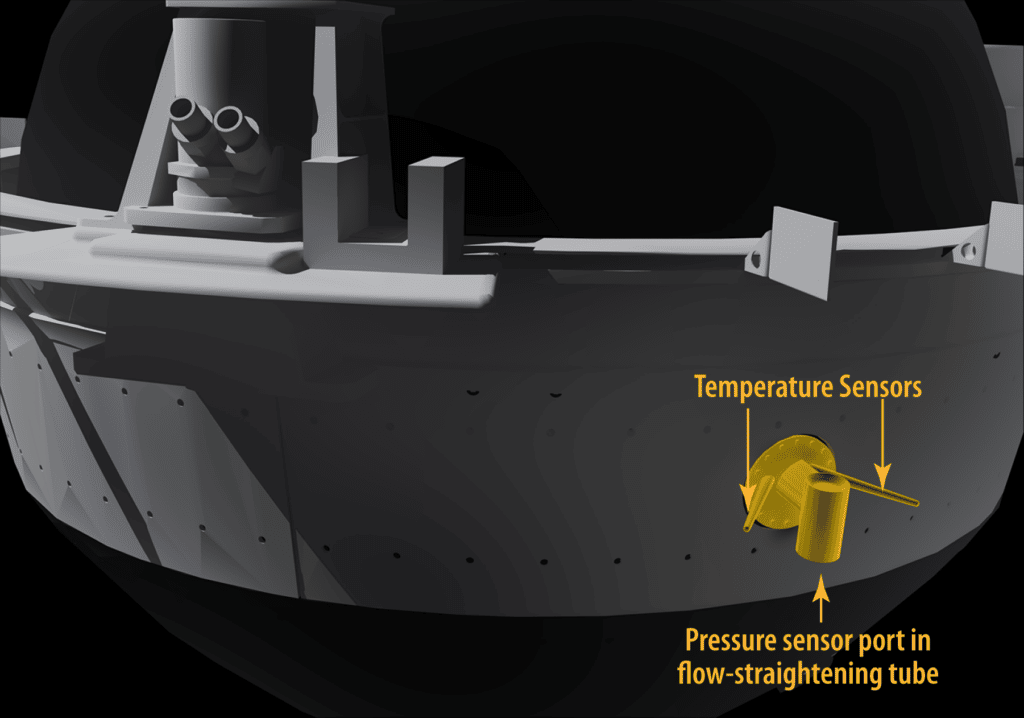
“The long-term habitability of our planet, as we understand it, rests on the coupling of the interior and atmosphere,” says Lorenz. “The long-term abundance of carbon dioxide in our atmosphere, which we really rely on to have kept Earth’s surface warm enough to be habitable over geologic time, relies on volcanoes.”
A large mystery pervades Venusian investigators such as whether there are still active volcanoes on Venus, altitude measurements, atmospheric temperatures, wind speeds, and atmospheric composition. While we only have some idea, we keep (politely) asking Venus to reveal more of her beauty behind the toga of terrible clouds.
It’s a herculean task to develop a probe or craft that can make this trip or even better return with its findings, and eventually planet surface samples. Needless to say, the hellish exterior of Venus has shrouded this mistress of mystery in such a blanket we can only get peeks at her true nature now and again through expendable craft. It’s awfully expensive and requires an interest in funding for quite literally throwing away some of the best and most sensitive electronics and diagnostics money can buy.
Corrosive sulphuric acid rain, scorching temperatures over 900 degrees Fahrenheit, and winds that can shred metal flesh from structural bone off a spacecraft in minutes or hours.
This makes Venus missions a less-than-desirable investment for some privateers and government agencies. However, the latent desire Venus puts in us will eventually make us come around to her. She knows that sooner or later, we’ll come back.
We always do. Even if the relationship for now is… Atmospherically Toxic.
